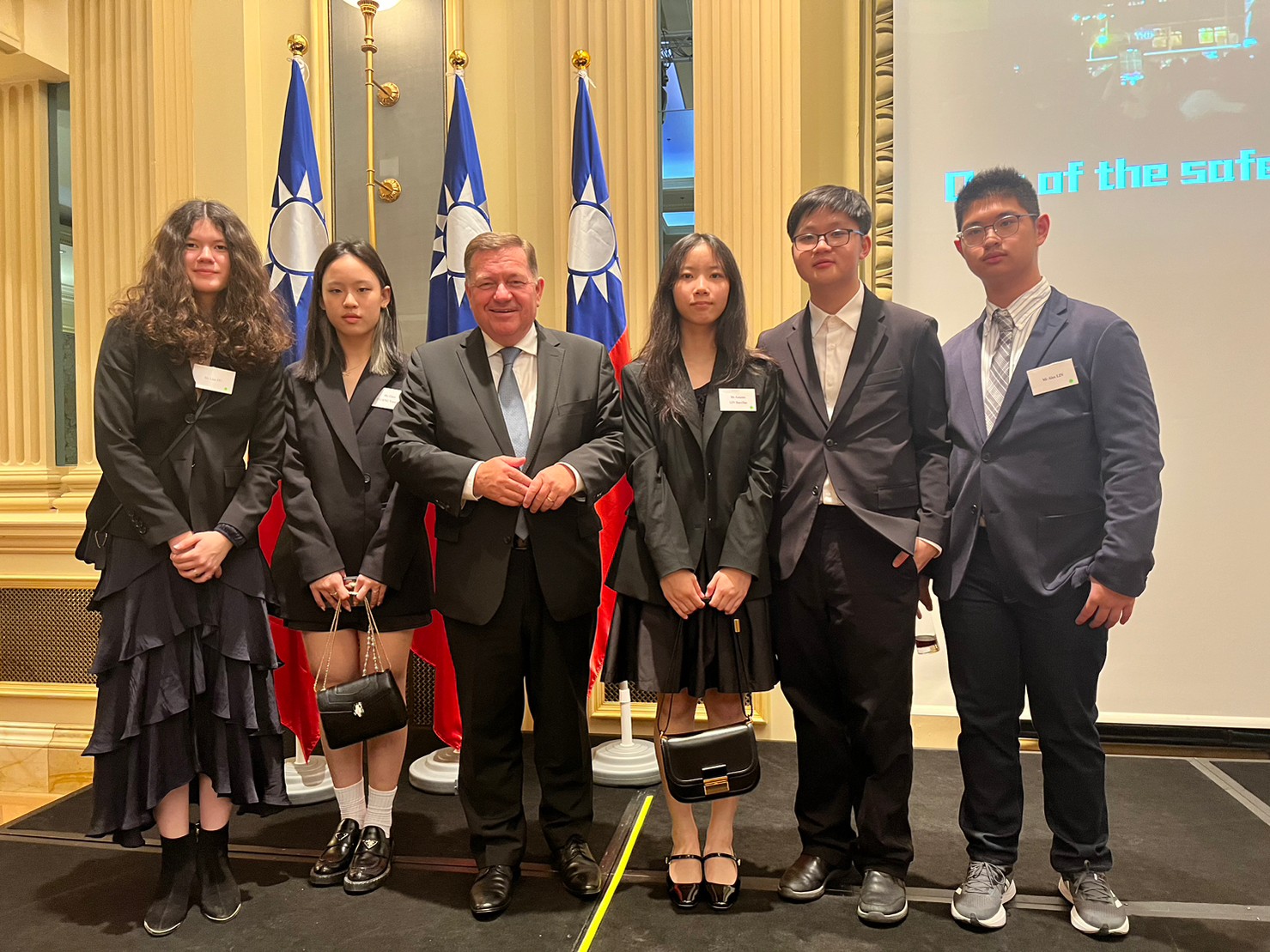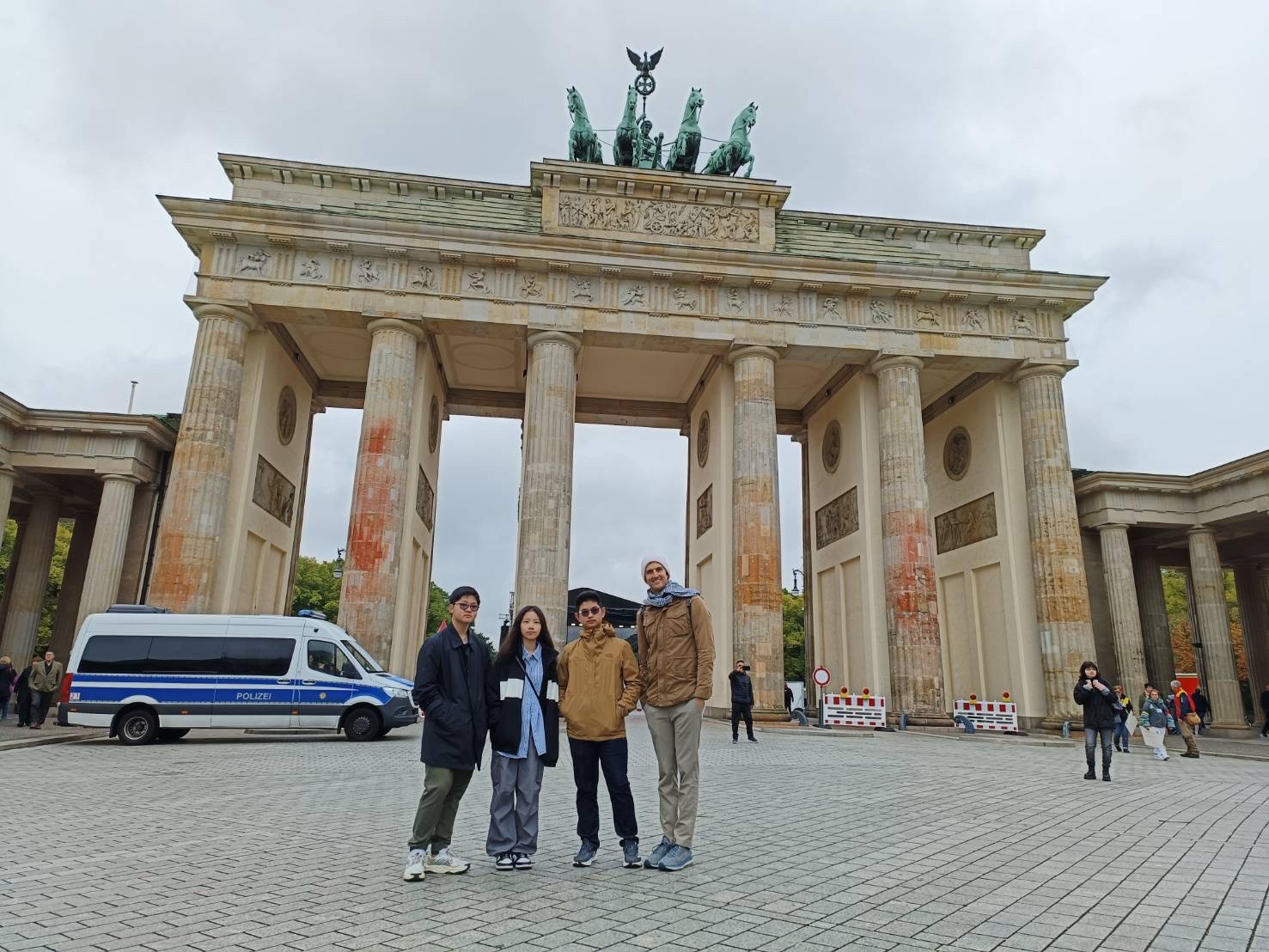

During this trip to Vienna and Berlin, I was the navigator of the group. My obligation was to lead the path for the group and successfully arrive at our destination.
I used to be my family's tour guide in Japan. Therefore, I was able to read the map quickly and precisely. Although the routes of the subway in both Vienna and Berlin were less complicated than Japan's or even Taiwan's. There were various kinds of public transportation, including buses, subway lines, and cable cars. It required some research to clarify the best pathway for traveling.
I enjoyed walking in the cities during the trip. Since the cities were not extensive, locations could be reached by walking. I preferred walking the streets or taking the cable cars more than taking the subway because, on the ground, I could look at the view of the cities, their architecture, and their citizens. Despite how simple this sounds, I supposed it did help students to understand the culture of the countries. Statues, architecture, and views on the streets were all great learning materials for travelers.
However, I also think taking the subway was a memorable experience, I learned how to buy tickets, validate them, and look for the directions of the trains. After the trip, I understood another system of transportation in foreign countries. Therefore, overall, I believed the role was suitable for me, and it was my pleasure to lead the group toward their journey's end. The most fascinating memory of the trip was the Berliner Unterwelten Tour because I learned about many of the bravest and most heart-warming stories of all time. The tour was separated into two parts, the first part took place in an underground bunker, where it used to be a space for citizens to evacuate. The second part was a basement connected to numerous tunnels under the border of East and West Berlin.
On the tour, the tour guide led us to a space 8 meters underground, where she provided background knowledge about Germany, Berlin, and the Berlin Wall during the 1960s. Then, we moved to other rooms for further explanations of the escape plan created by East Berliners. In the 1960s, the majority of citizens tended to escape due to their yearning for family and friends. Initially, the clever East Berliners sought the subway station and sewer system connected to West Berlin. After their acts were discovered by the secret police—Stasi, they shut down citizens' access to these infrastructures. Thus, people began digging their underground tunnels. Fortunately, West Berliners assisted East Berliners with their escape, due to their yearning for family and friends as well.
This started the people's "battle of confrontation" with the government and Stasi. Stasi were cruel, but people were not. The people were willing to sacrifice themselves and fought against the Stasi for their fellows in the tunnel. Due to all members' efforts and some fearless sacrifice of people, multiple East Berliners were able to reunite with their loved ones, even with honor and dignity. Most of the great stories could not be delivered well through my text; it was about the experience. I strongly recommend everyone to join the tour at least once. Another precious experience on this trip was the National Day Reception in Vienna because we got to meet many famous politicians and economists. Not many high school students in Taiwan have the chance to travel abroad with their classmates and learn about a country's culture through personal experiences.
Whereas, we did. Although not many politicians or economists preferred to have conversations with us, we learned how to have conversations with them. We also gained great knowledge and experience of being a "small diplomat" at the National Day Reception and other formal events. These were all significant reasons I enjoyed the events—and the trip. By G9 Autumn Lin
感謝 9 年級 林曉涵 Autumn Lin 同學分享 #歐洲教育旅行 的學習心得!
 VIS 國際實驗教育 高中部/國中部/小學部 G05~G12
VIS 國際實驗教育 高中部/國中部/小學部 G05~G12
